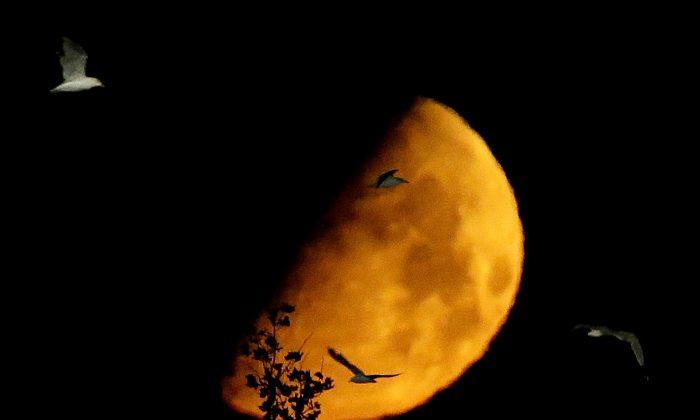NASA-funded research on the Moon has found evidence of water inside mineral grains on its surface “from an unknown source deep beneath the surface,” according to a press release from the space agency on Tuesday.
Scientists, who used NASA’s Moon Mineralogy Mapper instrument, found magmatic water--water that comes from the interior of the Moon--on its surface. Specifically, magmatic water is water that exists within magma or volatile fluids derived from magma.
The findings are the first detection of magmatic water via lunar orbit. Earlier studies found magmatic water in samples that were sent back via the Apollo program.
NASA used the Moon Mineralogy Mapper, which is on board the Chandrayaan-1 spacecraft, to image the lunar impact crater Bullialdus, located near the Moon’s equator. The central peak of the crater is made up of rock that forms deep within the lunar crust and mantle when magma is trapped under the surface of the Moon.
“This rock, which normally resides deep beneath the surface, was excavated from the lunar depths by the impact that formed Bullialdus crater,” Rachel Klima, a planetary geologist at the Johns Hopkins University Applied Physics Laboratory, said in the release.
She added: “Compared to its surroundings, we found that the central portion of this crater contains a significant amount of hydroxyl - a molecule consisting of one oxygen atom and one hydrogen atom -- which is evidence that the rocks in this crater contain water that originated beneath the lunar surface.”






Friends Read Free